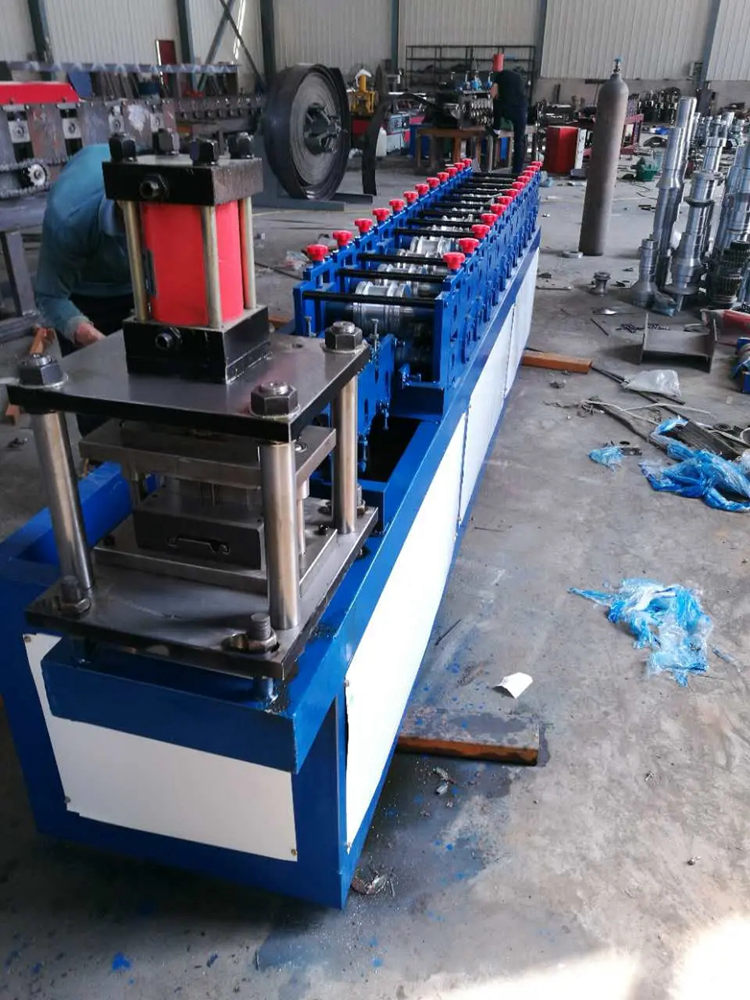
Understanding the Acoustical Barrier Cold Bending Machine
In today’s world, noise pollution has become a significant concern, particularly in urban areas where construction and transportation contribute to elevated sound levels. To combat this issue, effective sound barriers are essential for reducing noise pollution and protecting residential and commercial spaces. Among the various innovations designed to produce these barriers, the acoustical barrier cold bending machine stands out as a critical tool in the manufacturing industry.
What is an Acoustical Barrier?
An acoustical barrier is a structure designed to block or absorb sound waves, thus reducing noise transmission from one area to another. These barriers are commonly made from materials such as concrete, metal, or high-density polyethylene. Acoustical barriers are strategically placed along highways, railways, construction sites, and near airports to mitigate the impact of noise on surrounding environments.
The Importance of Cold Bending
Cold bending is a manufacturing process that involves shaping materials without the application of heat, which allows for the preservation of the material's structural integrity. In the context of acoustical barriers, cold bending machines enable manufacturers to create precise shapes and curves necessary for effective installation and performance.
Cold bending offers several advantages over traditional heating methods. First, it reduces the risk of warping or weakening the material, ensuring the longevity and durability of the barrier. Second, it allows for the creation of complex geometries that can adapt to various landscapes, maximizing the barrier’s effectiveness in mitigating sound.
Features of the Acoustical Barrier Cold Bending Machine
Acoustical barrier cold bending machines are equipped with advanced technology to enhance performance and efficiency. Key features include
1. Precision Control Modern machines utilize computer numerical control (CNC) technology, allowing for highly accurate bending angles and shapes. This precision is crucial in achieving seamless installations that maximize soundproofing effectiveness.
2. Versatile Material Compatibility These machines can work with various materials commonly used in acoustical barriers, including metals and composites. This versatility enables fabricators to meet diverse project requirements and specifications.

3. Efficiency and Production Speed With automated systems, cold bending machines significantly reduce production time. This efficiency is essential for meeting tight deadlines in construction and infrastructure development.
4. Eco-Friendly Design Many cold bending machines are designed with sustainability in mind. They minimize waste through precise cutting and bending, promoting environmentally-friendly manufacturing practices.
5. User-Friendly Interfaces Operators benefit from intuitive control panels that simplify the programming and operation of the bending machine. This improves productivity and reduces the potential for errors during the manufacturing process.
Applications in Noise Reduction
The applications of acoustical barrier cold bending machines extend beyond simple noise reduction. By enabling manufacturers to create customized sound barriers, these machines contribute to various sectors, including transportation, urban development, and industrial facilities. For instance
- Highway Projects Acoustical barriers are often installed alongside busy roads to shield residential areas from traffic noise. The ability to cold bend materials allows for barriers that can follow the natural contours of the land.
- Industrial Complexes Factories and manufacturing plants use acoustical barriers to contain noise from machinery and operations. Custom-shaped barriers can effectively reduce noise exposure for workers and nearby communities.
- Residential Developments To improve the quality of life for residents in high-traffic areas, developers often integrate soundproofing barriers into their plans. Cold bending technology supports the aesthetic and functional requirements of these installations.
Conclusion
The acoustical barrier cold bending machine represents a significant advancement in the manufacturing of noise-reducing structures. By leveraging the benefits of cold bending, manufacturers can produce high-quality, durable, and aesthetically pleasing sound barriers tailored to meet diverse needs. As urbanization continues to grow and noise pollution remains a pressing issue, the role of these machines in creating effective acoustical barriers becomes increasingly vital in promoting peaceful and healthy living environments. Embracing this technology not only aids in noise mitigation but also supports sustainable practices within the manufacturing industry.